 Abraham Lincoln
If given the truth, the people can be depended upon to meet any national crisis...
Abraham Lincoln
If given the truth, the people can be depended upon to meet any national crisis...
 Guildford news...
for Guildford people, brought to you by Guildford reporters - Guildford's own news service
Guildford news...
for Guildford people, brought to you by Guildford reporters - Guildford's own news service
Birdwatcher’s Diary No.62
Published on: 31 May, 2014
Updated on: 31 May, 2014
By Malcolm Fincham
The temperatures crept up into the low 20c mark by mid-May bringing dry weather and sunshine. All this coinciding with a few days off work, and mislaying my wife’s jobs to-do list gave me the chance of getting out.
My first venture was a walk along the to path following the River Wey from Stoke Lock to Triggs Lock. In the warm sunshine Mayfly had begun to emerge from the water and could be seen actively flying in their ungainly way over the river.
These are a great food source, to not only fish, but also the banded demoiselle which had also started to emerge.
Being one of the lowest in the food chain, the poor Mayfly has to be in good numbers and reproduce quickly as they are also predated by many of our smaller birds now frantically looking for food to feed their young.
The banded demoiselle doesn’t get it all its own way either as I noted on my arrival at Triggs Lock. I watched in awe at the nimbleness of a hobby as it hunted up and down the backwaters of the river appearing to effortlessly pick them off and eat them while still in flight.
Walking back along the river I was able to view and get a few pictures of few non indigenous species – a pair of mandarin duck, and a pair of Egyptian geese parading a clutch of eight gosling.
On May 15, as the evening sun started to sink below the horizon, I decided it must be time for that annual visitor to Whimoor Common – the nightjar – and try to catch a glimpse of this most unusual summer visitor to our heathlands.
It had heard that a few had been spotted on Thursley Common just a few days before.
Being such a calm and still evening I guessed it would be a good time to see one.
It was certainly a good one for the midges as I took up the reliable position on the common I have used in previous years to wait for a nightjar to appear.
As a few bats emerged from their daytime roost, a young fox also appeared before me, then on catching my scent took a glance at me and scurried back into the undergrowth.
Soon after the churring started. It was that of a nightjar, a male as I recognised its white wing tips as it flew out of a section of gorse up high into a silver birch. There it perched for no more than a minute before disappearing out across the heathland to hunt moths (and hopefully some of those pesky midges that had been plaguing me too!)
The nightjar is a nocturnal bird that arrives in the summer and has a spooky reputation. At one time it was called the goatsucker, with the myth that it fed on goats’ milk in the dead of night. However, it is now known that it only feeds on moths and other night insects. The males make a churring sound with an occasional clap of their wings as well.
Having some time off also gave me the opportunity of a few interesting visits to our neighbouring county of Hampshire .
With the sun continuing to shine on May 18 it seemed an ideal time to hop over the Surrey border to visit Noar Hill in the village of Selborne, an area I reported on last July.
Selborne is a village most famous for naturalist Gilbert White, a pioneer of birdwatching and one of the first to distinguish the difference between the chiff chaff and willow warbler that I wrote about in my previous report.
Click here for details about Selborne.
As I did last year with long time friend ‘Woodchip’, I decided to take the opportunity to try to learn more, get some photos and glean some knowledge this time from fellow birdwatcher Dougal and his friend Chris about different types of butterfly that can be seen there. Some of which I have to confess I’ve never seen before, such as the green hairsteak.
Another interesting butterfly is the Duke of Burgundy, now sadly declining. Other butterflies of interest were dingy skipper and even a few small heath butterflies.
Also having some good views of yellowhammers, bullfinch and linnets, we decided to move on and visit the neighbouring East Meon.
This is a sleepy village south of Selborne which has been recently invaded by a good number of bird watchers investigating a possible Italian sparrow that had been recently reported nationally.
Arriving outside a quaint pub called the Izaak Walton, I had a vision in my head of a stereotypical mafia-style bird wearing shades and eating spaghetti. The locals were very helpful even pointing out where it had last been seen. However, having picked it out among many of the house sparrows there, I personally wasn’t too impressed.
Although it certainly had the chestnut coloured head of an Italian sparrow, to me it looked more like some kind of hybrid tree/house sparrow. For more details click here.
A few days later I was off to one of my regular Hampshire haunts – Farlington Marshes near Portsmouth, when on yet another day of pleasant sunshine I was fortunate to watch a kestrel as it hunted along the sea wall.
Doing my best to get close enough for a few pictures, the kestrel made a dive into the long grass giving me the opportunity of getting closer to the action. It re-emerged carrying something in its talons.
Concentrating on manually focusing my camera lens, it wasn’t until I got home to look closely at my shots that I realised it to be a either a bank or field vole.
Since proudly showing my family the pictures, I have had to change the story: the kestrel had actually saved the vole from drowning in the sea (and hope they don’t read this report).
I was also pleased to get some pictures of three different types of tern as they hunted and dived into the sea by the harbour wall including common, sandwich and little tern.
I was also able to pick out and photo three wheatear, one on the sea wall and two in the meadow beyond.
Heading toward the last week of May the weather started to turn much cooler and more inclement and I found I had to choose my moments to get my photo shots while visiting my local patch at Stoke Reserve.
However, the one I took across the field certainly showed the difference a few weeks can make.
I was also pleased to photograph a little egret on the scrape near Stoke Lock on May 23. It is one a few now starting to reappear in the Surrey area.
At the lake the common terns are now resident.
Roe deer can often be observed in the evening at last light.
And with four reed warblers now at last singing around the lake, it seems apart from the recent weather that summer has finally arrived?
Recent Articles
- Guildford Institute’s Crowdfunding Project for Accessible Toilet in its New Community and Wellbeing Centre
- Letter: Guildford – Another Opportunity Missed?
- Letter: GBC’s Corporate Strategy – Where Is the Ambition?
- My Memories of John Mayall at a Ground-breaking Gig in Guildford Nearly Six Decades Ago
- Westborough HMO Plans ‘Losing the Heart of the Street’ Says Resident
- College Invests to Boost Surrey’s Economy and Close Digital Skills Gap
- Community Lottery Brings Big Wins for Local Charities
- GBC Housing Plan Promises ‘A Vibrant Urban Neighbourhood’ Near Town Centre
- Hospital Pillows ‘Shortage’ at the Royal Surrey
- Updated: Caravans Set Up Camp at Ash Manor School


Search in Site
Media Gallery
Dragon Interview: Local Artist Leaves Her Mark At One of England’s Most Historic Buildings
January 21, 2023 / No Comment / Read MoreDragon Interview: Lib Dem Planning Chair: ‘Current Policy Doesn’t Work for Local People’
January 19, 2023 / No Comment / Read MoreA3 Tunnel in Guildford ‘Necessary’ for New Homes, Says Guildford’s MP
January 10, 2023 / No Comment / Read More‘Madness’ for London Road Scheme to Go Ahead Against ‘Huge Opposition’, Says SCC Leader
January 6, 2023 / No Comment / Read MoreCouncillor’s Son Starts Campaign for More Consultation on North Street Plan
December 30, 2022 / No Comment / Read MoreCounty Council Climbs Down Over London Road Works – Further ‘Engagement’ Period Announced
December 14, 2022 / No Comment / Read MoreDragon Interview: GBC Reaction to the Government’s Expected Decision to Relax Housing Targets
December 7, 2022 / No Comment / Read MoreHow Can Our Town Centre Businesses Recover? Watch the Shop Front Debate
May 18, 2020 / No Comment / Read More



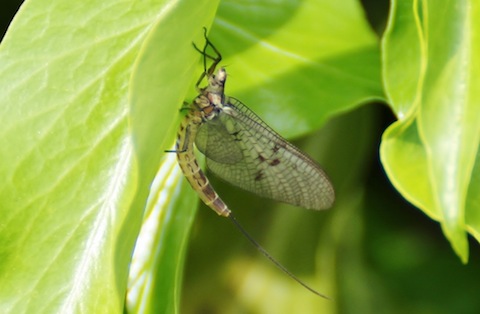
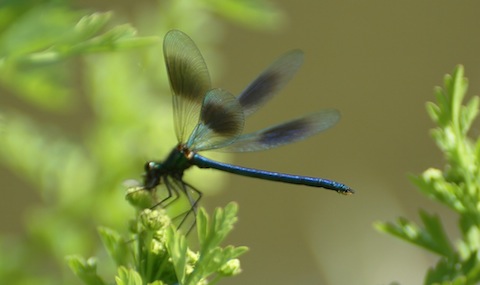
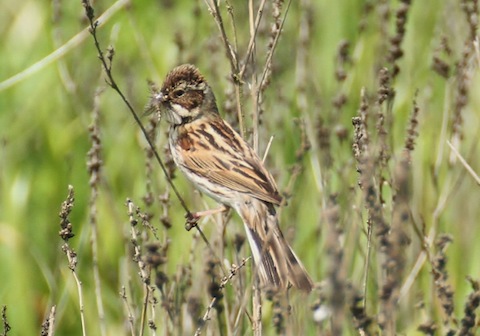
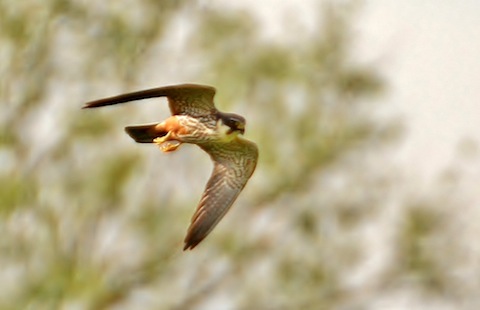

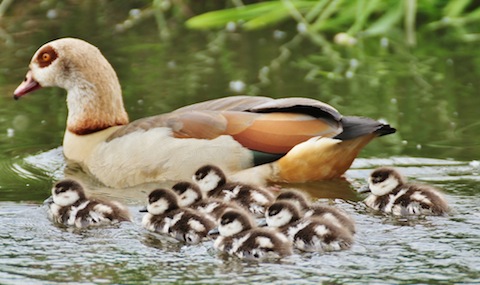
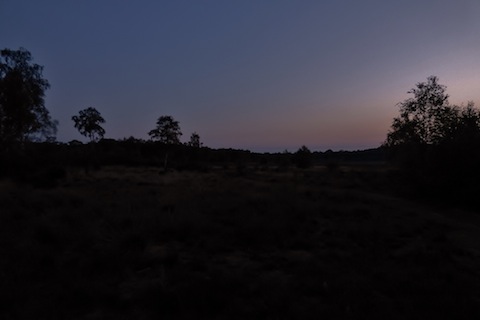
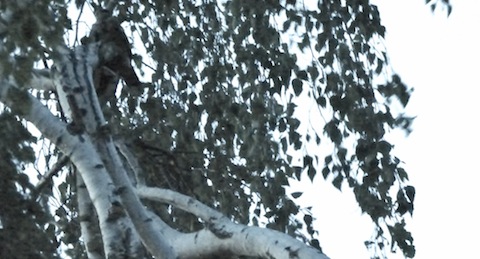
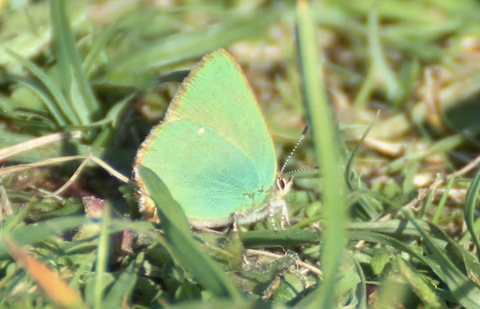
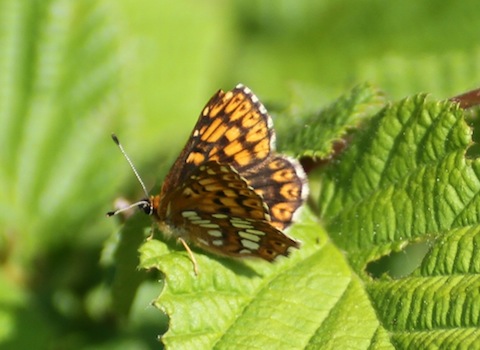
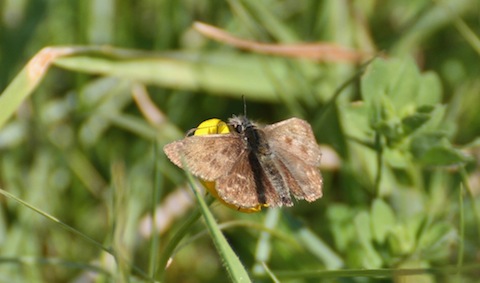
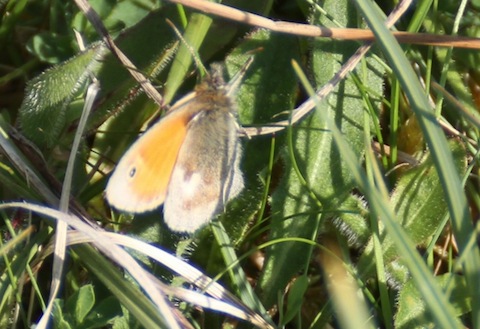
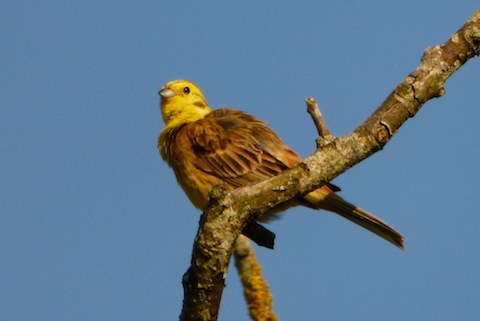
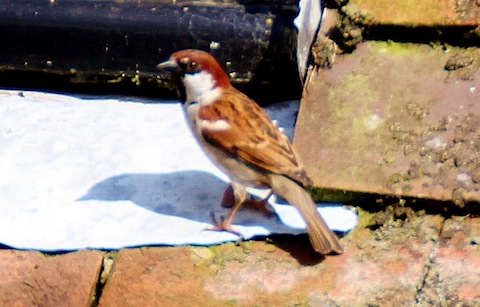
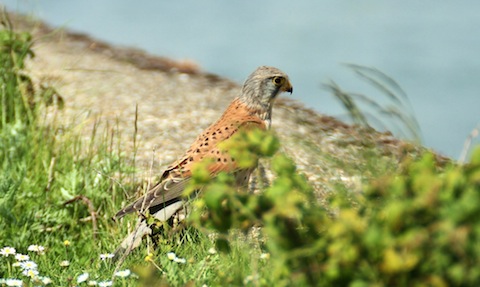
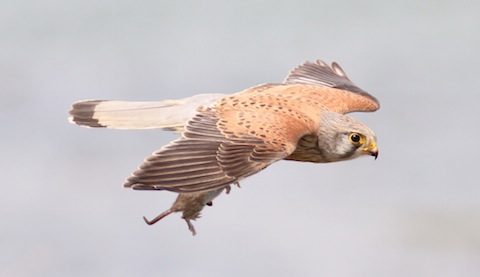
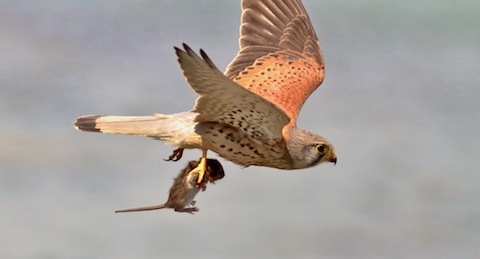

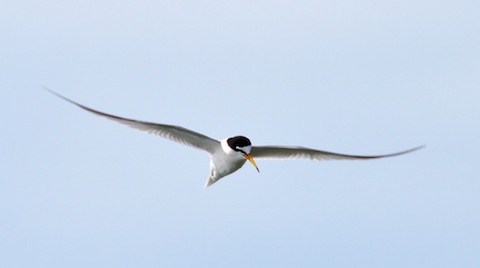
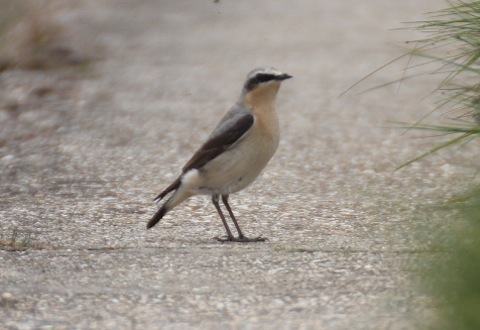


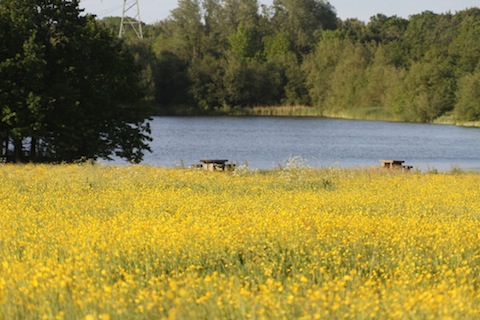
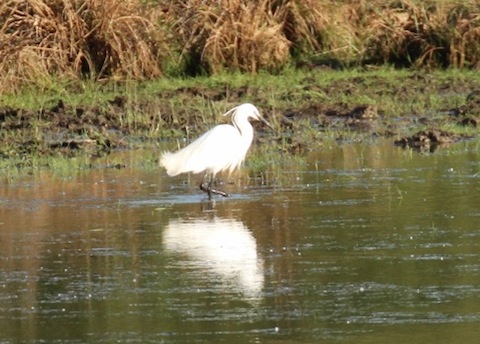

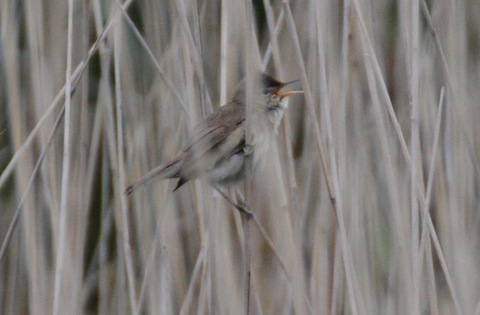






Recent Comments